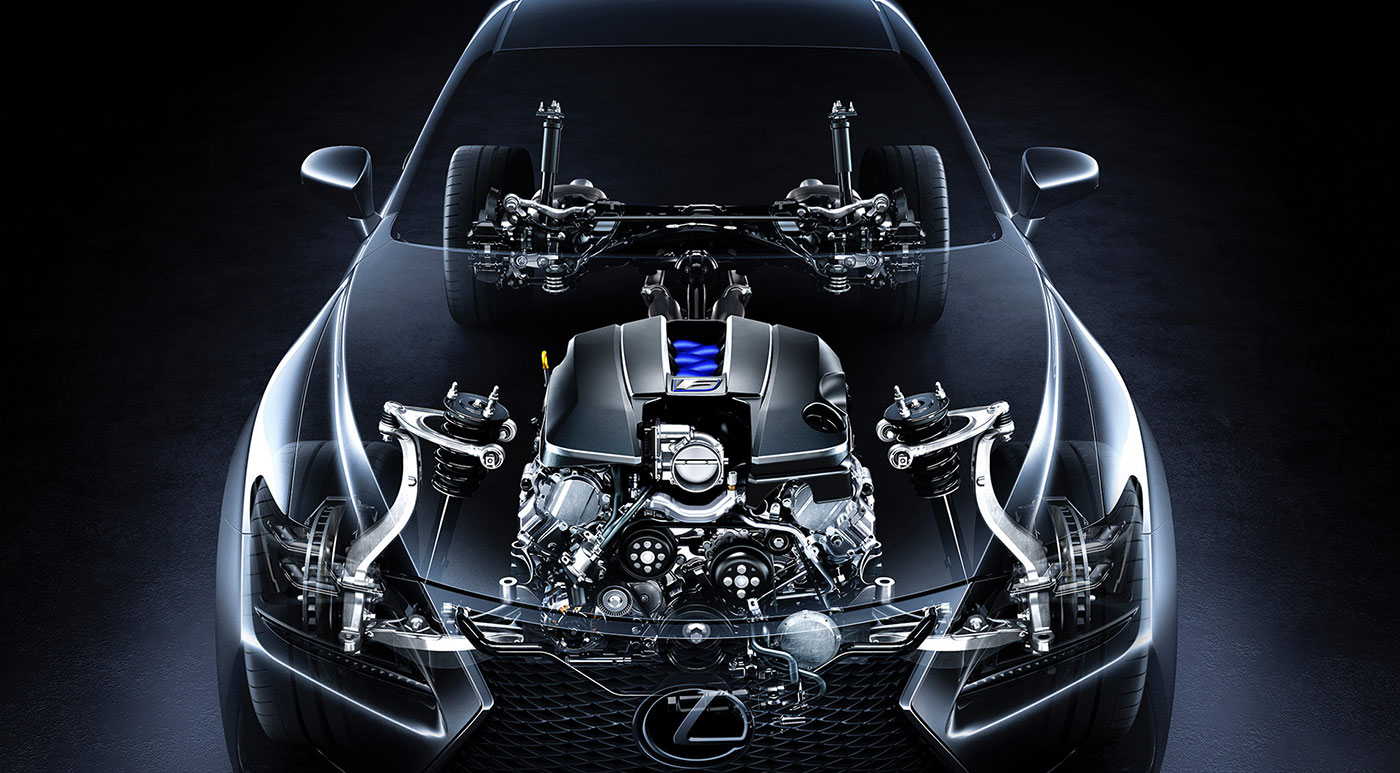Steel or other materials can become permanent magnets because after they are properly processed and processed, the internal unevenness is in the best state and the coercive force is the largest. The crystal structure, internal stress and other inhomogeneities of iron are very small, and the coercive force is naturally small. It does not require a strong magnetic field to magnetize or demagnetize it. Therefore, it cannot become a permanent magnet. Generally, materials that are easy to magnetize and demagnetize are called "soft" magnetic materials. "Soft" magnetic materials cannot be used as permanent magnets, iron belongs to this kind of material

Just like the kind of magnetic steel rods you usually see. Permanent magnets are objects that can retain a certain amount of residual magnetization after the external magnetic field is removed. To make the residual magnetization of such an object zero, and the magnetism is completely eliminated, a reverse magnetic field must be added. The magnitude of the reverse magnetic field required to completely demagnetize the ferromagnetic substance is called the coercivity of the ferromagnetic substance. Both steel and iron are ferromagnetic, but their coercivity is different. Steel has a larger coercivity, while iron has a smaller coercivity. This is because in the steelmaking process, carbon, tungsten, chromium and other elements are added to the iron to make carbon steel, tungsten steel, chromium steel, etc. The addition of carbon, tungsten, chromium and other elements causes various inhomogeneities in the steel under normal temperature conditions, such as uneven crystal structure, uneven internal stress, and uneven magnetic strength. These inhomogeneities in physical properties all increase the coercivity of steel. Moreover, the greater the degree of unevenness within a certain range, the greater the coercive force. However, these inhomogeneities are not the best state that steel has or has reached under any circumstances. In order to achieve the best state of internal inhomogeneity of steel, proper heat treatment or machining must be carried out. For example, in the smelted state, carbon steel has the same magnetic properties as ordinary iron; after it is quenched from a high temperature, the unevenness grows rapidly, and it can become a permanent magnet material. If the steel is slowly cooled down from a high temperature, or the quenched steel is smelted at 600 or 700 degrees Celsius, the internal atoms will have sufficient time to arrange into a stable structure, and various inhomogeneities will be reduced. The coercive force decreases accordingly, and it no longer becomes a permanent magnet material.


 sales00@jlmagnet.com
sales00@jlmagnet.com






